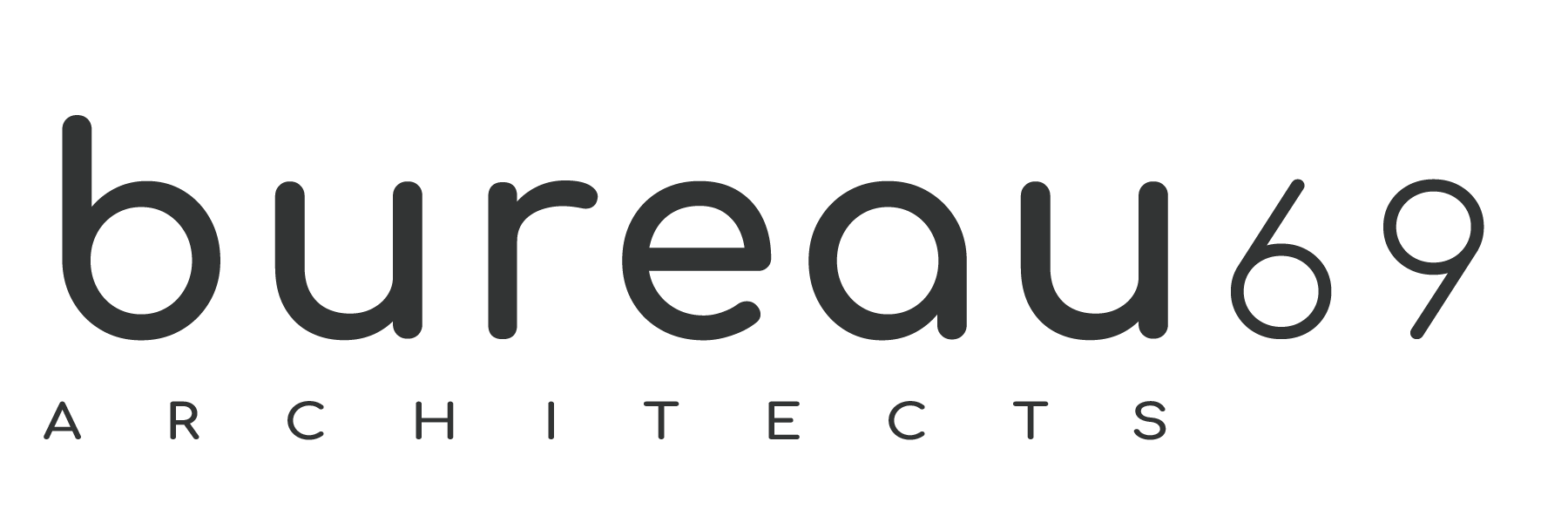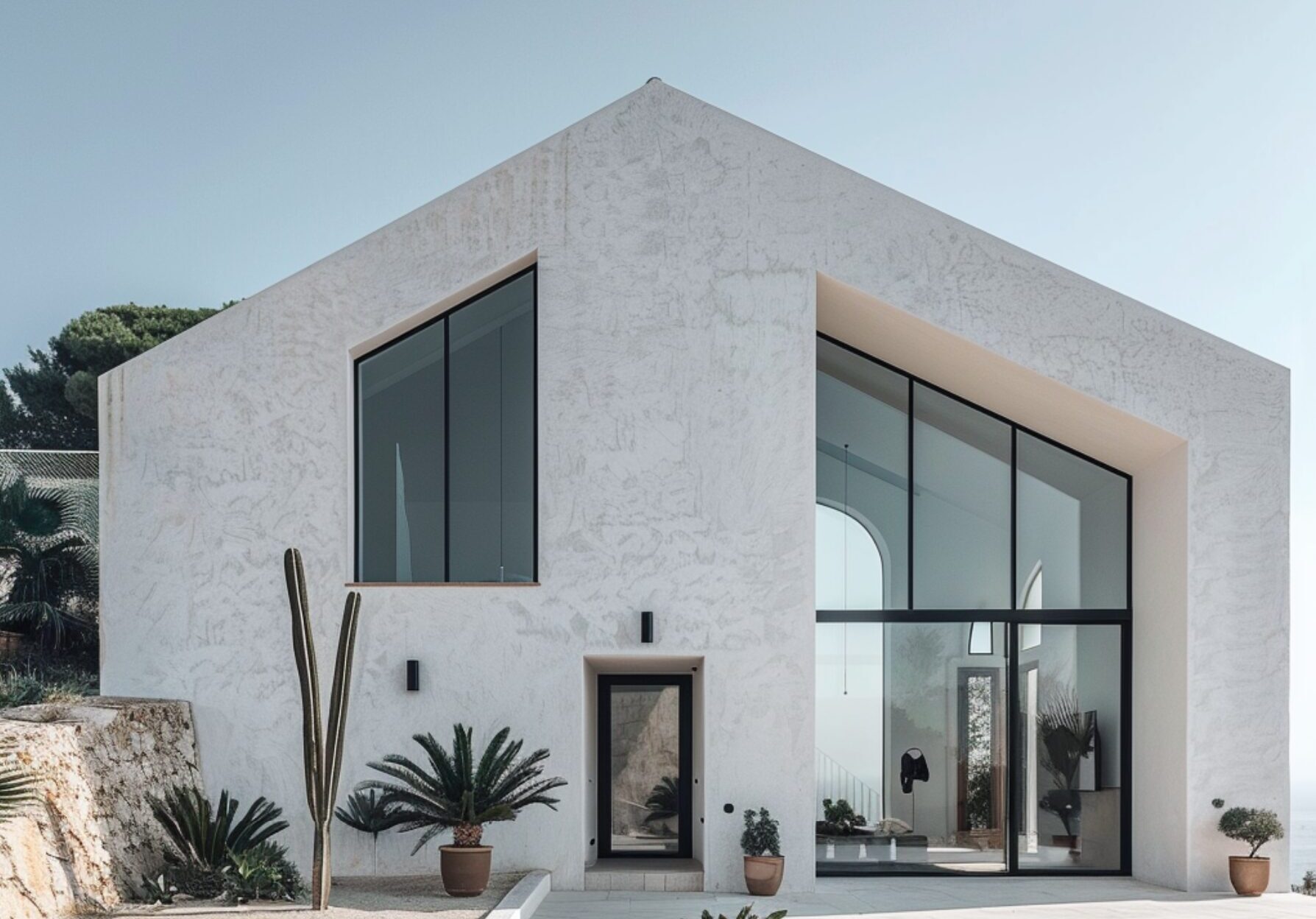Construction costs of a Passive House: an excellent investment with future benefits
As of January 1, 2021, it is mandatory throughout Italy to design buildings, both public and private, with near zero energy consumption (Nearly Zero Energy Building). This regulatory measure (Legislative Decree 48/2020), which transposed European Directive 844 (EDPD III), actually raised the bar in terms of the construction quality of private and public buildings in relation to energy containment performance.
Therefore, today, investing in a Passive House in Sicily and in Italy is an additional advantage because, not only does it elevate the quality of life of the inhabitants, but it also represents a long-term ecological and economic choice, in continuity with the current regulatory framework. Understanding in detail the“cost of building a passive house” is essential to appreciating the value and efficiency of this housing technology, in relation to the very buildings deemed “standard” by regulation. With a special focus on Sicily, this article will explore the cost of building a Passive House and the design process, highlighting how the adoption of Passive House standards can revolutionize the building industry with sustainable innovations.
What is a Passive House or Passive House or Passivhaus?
The passive houses are buildings designed to maximize energy efficiency by minimizing the need for mechanical heating and cooling. Through the use of excellent quality and performance thermal insulation, high-efficiency windows, and airtight construction, these buildings dramatically reduce energy consumption per square meter over the entire calendar year. Given the attention in the design of these buildings to the calculation of solar inputs and the correct protection from overheating, these buildings do not have the need for heating and air conditioning systems. Only in some cases is the installation of a cooling system considered in the case of very hot weather conditions. The approach makes it possible not only to lower the “costs of maintaining a passive house” in the long run but, more importantly, to improve living comfort by creating indoor environments that maintain an adequate, comfortable and constant temperature all year round. Careful study of the building envelope and elimination of thermal bridges prevents the formation of mold or moisture inside the house.
Standards and costs of building a passive house (Passive House)
The Passive House standards (or Passivhaus in German) impose construction solutions that, although they may, in some cases, increase the initial cost per square meter compared to construction built to standard regulatory criteria, offer significant and proven reductions in energy consumption. In Italy, the cost of building a passive house varies widely from region to region, influenced by climate, availability of materials and specific technologies. Relative to construction, the costs of a passive house can range from about 1,500 to 2,500 euros per square meter, depending on the geographic area, with northern Italy generally having the highest costs due to insulation requirements for the cold climate. Passive house requires greater precautions in cold climates and substantial thermal insulation due to the low temperatures that characterize cold climates, as well as a great performance of energy containment so that the heat produced “naturally” inside the building (i.e., without the use of heating system), can be retained as much as possible inside the house, trying to increase the phase shift factor as much as possible.
Analysis of the cost of building a Passive House in Italy
The variability of passive house construction costs among different areas of Italy is considerable, but it is in Sicily that we find a unique context for the adoption of this technology, thanks to the Mediterranean climate and local architectural specificities. In an dedicated article we explained what steps to take and what to pay attention to, when designing a passive house in a warm temperate climate. Read our article here.
Costs of building a passive house in Sicily
In Sicily, the costs of building a passive house tend to be lower than the national average, varying from about 1,600 to 2,000 euros per square meter. Figures are approximate and are always subject to change due to price trends and, of course, the quality of materials used. There are costs that affect the internal investment, such as site logistics, cost of land, etc. These costs typically include high-quality materials and advanced technologies to ensure thermal insulation and indoor microclimate management, which are essential in an area with long, hot summers. Special attention is given to controlled mechanical ventilation systems and shading solutions, which are crucial for keeping energy costs low and increasing comfort.
Other costs related to design and construction
In the construction costs of a Passive House, as with any other project, the architectural design, specialist consultations (structural and plant engineering), other consultations to obtain the necessary opinions, and, in case you want to obtain Passive House certification of the building (watch the video ), the costs of the certification and of the consultants who will have to perform the necessary tests to obtain the certification should be considered. It must be said that certification is not strictly necessary, but it contributes to the “validation” of a detailed work aimed at having a construction that, given the high quality of execution, will have much lower maintenance costs than a traditional construction and also than an NZEB construction (read here about the difference between NZEB and Passive House buildings). These maintenance costs should certainly be considered when comparing traditional standards with those of a passive house. The latter, in the face of an initial cost that tends to be 10-20% higher per square meter, guarantees a significant reduction (abouto 90%) in energy consumption and really low construction maintenance costs over the years, as much attention is paid to the good execution of the work, which is usually carried out by highly trained and specialized firms. In recent years, especially after the advent of the law mandating new construction with NZEB standards from 2021, the difference between “standard” (thus NZEB) and Passive House construction has definitely narrowed, to the point, in some cases of standardized construction (such as W4House) to reach the same parametric costs as a traditional house.
Benefits of indoor comfort in a Passive House
As we pointed out earlier, the determining factor in opting for a passive house, besides energy savings, is the “less calculable” one in economic terms, which is indoor comfort. This psycho-physical benefit is what is primarily felt by living in and visiting a passive house. We invite everyone to stay in a passive house to understand what we mean. In Sicily, where the summer temperatures can be high, passive houses provide a cool and comfortable environment without relying on air conditioning. This improvement in living comfort results in a higher quality of life for residents and reduced energy costs. On the other hand, Sicilian tradition teaches that when designing a house, due consideration must be given to exposure, insolation data, solar inputs and , above all, shielding from the sun’s rays especially to the west.
The process of designing a Passive House
Designing a passive house requires an integrated and multidisciplinary approach, particularly in Sicily where, we have seen, the climate and landscape require specific solutions. Working with qualified architects and professional teams with the right skills is essential to optimize the construction costs of a passive house, and maximize the building’s energy performance.
Conclusion
The construction costs of a passive house are initially somewhat higher than a traditional house (but not that much higher than an NZEB house) and represent an initial investment that translates into long-term benefits, not only economic but also in terms of comfort and sustainability. Opting for a passive house, especially in Sicily, represents a responsible, wise, and far-reaching choice, since the benefits are seen in the long run and especially on the psycho-physical well-being of the occupants. The process requires careful studies, the use of specialized software, and energy performance simulation, such as the PHPP (Passive House Planning Package) that assists designers in achieving the restrictive standards required for certification. The climatic conditions in Sicily are an ideal condition in that the warm temperatures mean that you do not have to have substantial thermal insulation, and by studying the right solar inputs and the right shading system to reduce internal overheating in the summer, you can achieve excellent results, keeping costs down compared to passive houses built in harsher climatic environments.

